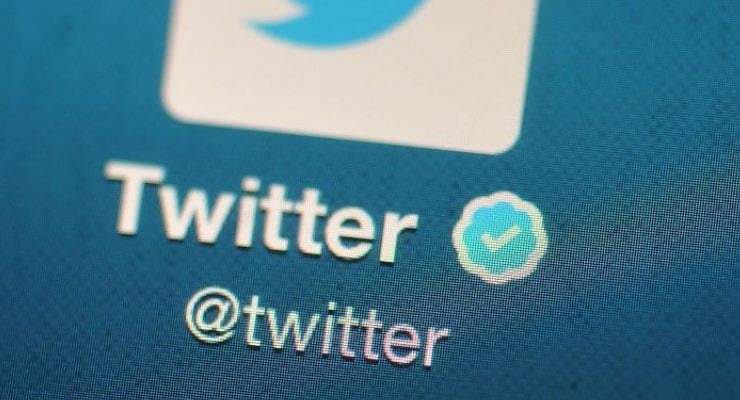Here is why ditching the existing Blue Tick on Twitter is a really bad idea
In the on-going Twitter rumor mill comes reports that new Twitter top dog Elon Musk is planning on dismantling the “blue tick” verification feature given to high profile Twitter accounts, replacing it with a subscription free where users can get a verification tick only if they pay up.
Most worryingly are reports that suggest existing high-profile accounts will lose their blue tick if they don’t pay. If true, from a cyber-security perspective, that’s a bad idea. And we’ll explain why.
While a “blue tick” is often associated with status, or authority and credibility (a spurious association depending on who you ask) there are many in the cyber-security industry that will argue that the tick actually has a deeper and more important objective. It demonstrates that an account is authentic. That is to say, it’s not someone else tweeting while pretending to be a well-known or reputable personality or entity.
Sponsored Content. Continued below...
It is the blue tick checkmark that most easily allows Twitter users to determine that – for example – a tweet from a well-known charity soliciting donations for disaster relief is legitimate, and not some crook half-way around the world attempting to scam you.
It is a blue tick checkmark that easily allows Twitter users to determine that – for example – a tweet from Elon Musk offering advice on crypto-currency actually comes from the ‘Chief Twit’ of Twitter, and not a trading bot from Russia impersonating him to con you.
Blue ticks allow Twitter users to know that a person is real, or that tweets published by an account really do represent a particular entity. Whether you agree or disagree with the blue tick account or even deem them a credible source of information comes secondary to a user being able to easily acknowledge that it really is that person or entity publishing the tweets.
Sponsored Content. Continued below...
The problem with any proposal to make blue ticks a purely “pay to play” endeavor is that while many brands and people will inevitably pay the fee, many other well-known accounts won’t – people such as author Stephen King have already come out against the idea.
For example, let’s say a reputable charity refuses to be forced to pay for their blue tick and consequently lose their verification status. How do regular Twitter users differentiate between the legitimate charity and an impostor account looking to scam you?
Checking if an account has a blue tick is often the first go-to advice that blogs like ours offer to help readers avoid a plethora of different online scams that proliferate across social media.
But the more public-eye Twitter accounts not willing to pay for the blue tick, the more the blue tick system becomes a less reliable method of determining genuine accounts from imposter accounts. It can no longer be relied upon, and that presents cyber-crooks an opportunity. If we’re forced to downplay the emphasis on using blue ticks to help us determine between authentic and fake, it offers crooks more reason to create low-risk free accounts to impersonate others on Twitter with the express aim of scamming the Twitter community or circulating misinformation online under the identities of other people.
The bottom line here is that dismantling the blue tick system will not only encourage crooks to create more free accounts impersonating others, it will make it more difficult for Twitter users to determine between real and fake.
There are plenty of other reasons why dismantling the current blue tick feature is a bad idea, but from a cyber-security perspective, it’s just a really terrible idea.
Keep up-to-date with all our latest articles. Follow us on Facebook, Instagram and Twitter.
Continued below...
Thanks for reading! But before you go… as part of our latest series of articles on how to earn a little extra cash using the Internet (without getting scammed) we have been looking into how you can earn gift vouchers (like Amazon vouchers) using reward-per-action websites such as SwagBucks. If you are interested we even have our own sign-up code to get you started. Want to learn more? We discuss it here. (Or you can just sign-up here and use code Nonsense70SB when registering.)
Become a Facebook Supporter. For 0.99p (~$1.30) a month you can become a Facebook fan, meaning you get an optional Supporter Badge when you comment on our Facebook posts, as well as discounts on our merchandise. You can subscribe here (cancel anytime.)
